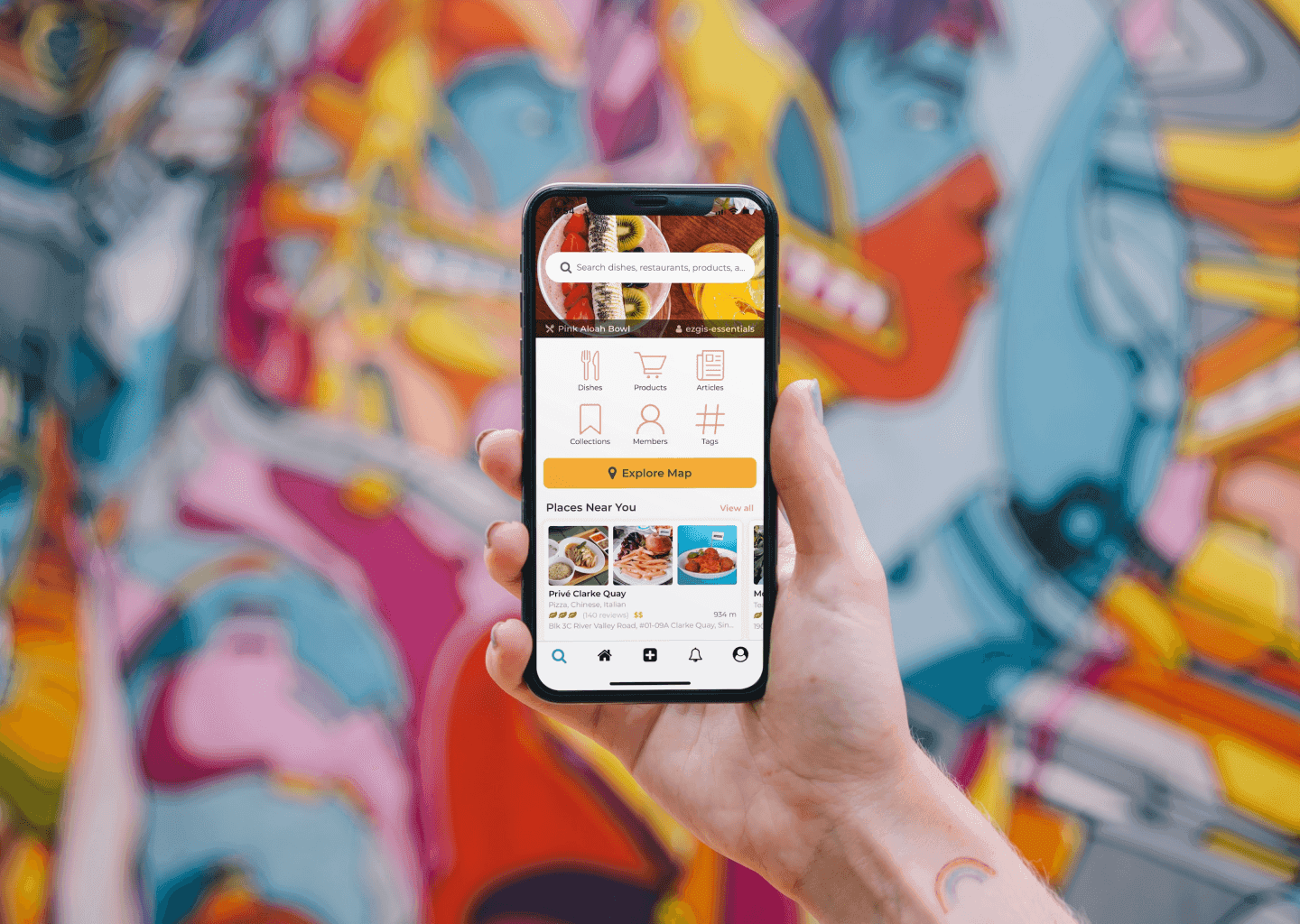We have moved from a traditional approach to a new upcoming holistic approach known as Omnichannel experience that gives customers the flexibility to pick and choose from multiple available channel options.
We are trying to convey how Omnichannel experience is the key differentiator when it comes to sales, marketing, strategies, and end-user experiences. This is another giant step towards digital transformation and customer-first approach.
Below are the strategies of successful brands like Amazon, Spotify, Pepper fry, etc. who are utilizing omnichannel experience to serve their existing customer base and creating new connections with prospective clients.
- Amazon is a champion when it comes to omnichannel experience in the consumer retail space. It not only provides an app but also a website based on customer preferences. The customers are provided with various options needed in payments and deliveries.
- Spotify has built web application, desktop website, and mobile application that can be seamlessly integrated for providing personalized end-user experiences.
- Pepper fry provides delightful end-user experience in the furniture space. Customers can shop for a product online or can walk in a Pepper fry studio to experience the quality of the products in real-time.
Let us understand the major difference between Omnichannel method and traditional method:
Omnichannel is a customer-focused approach whereas traditional method follows the product-focused approach
- An omnichannel strategy relies on improving and enhancing the customer journey across multiple touchpoints. This means that you are always trying out ways to focus on the primary needs of the customer which improves your brand value in the long run
- In a traditional method, businesses are always trying to put a range of products to their valuable customers to increase their reach and presence. The customer experience becomes a secondary aspect in a traditional approach.
- Omnichannel approach provides top-notch customer experiences while a traditional method is limited in providing customer experiences
- Leveraging the power of multiple channels to create top-notch customer experiences cannot be attained in a traditional setup. The omnichannel approach provides customers with the flexibility to choose a preferred channel based on the requirements
- The traditional approach limits the flexibility and that is why the experience tends to be impacted in the long run.
- Omnichannel encourages more buying opportunities that are not achieved in a traditional method
- The customers are empowered in this digital era. This means they have the flexibility to pick and choose any desired channel. When multiple channels are combined, it encourages more buying opportunities without too many hassles.
- This is a limitation in a traditional model where you must rely on one or two channels to promote additional buying opportunities.
There are certain challenges that are linked to omnichannel strategy. Organizations that implement an omnichannel strategy must ensure that the details and prices for offered products are consistent across multiple channels. To ensure the right business growth, it is important to track key metrics and performance indicators related to different supported channels.
To Sum Up Things
Technology has an important role to play in the shift from the traditional approach to the omnichannel approach. This has provided an opportunity for businesses to develop their presence in alternative channels however there will always be limitations when you maintain multiple channels. But businesses that can tackle and overcome these limitations can serve their consumers in the best manner.

